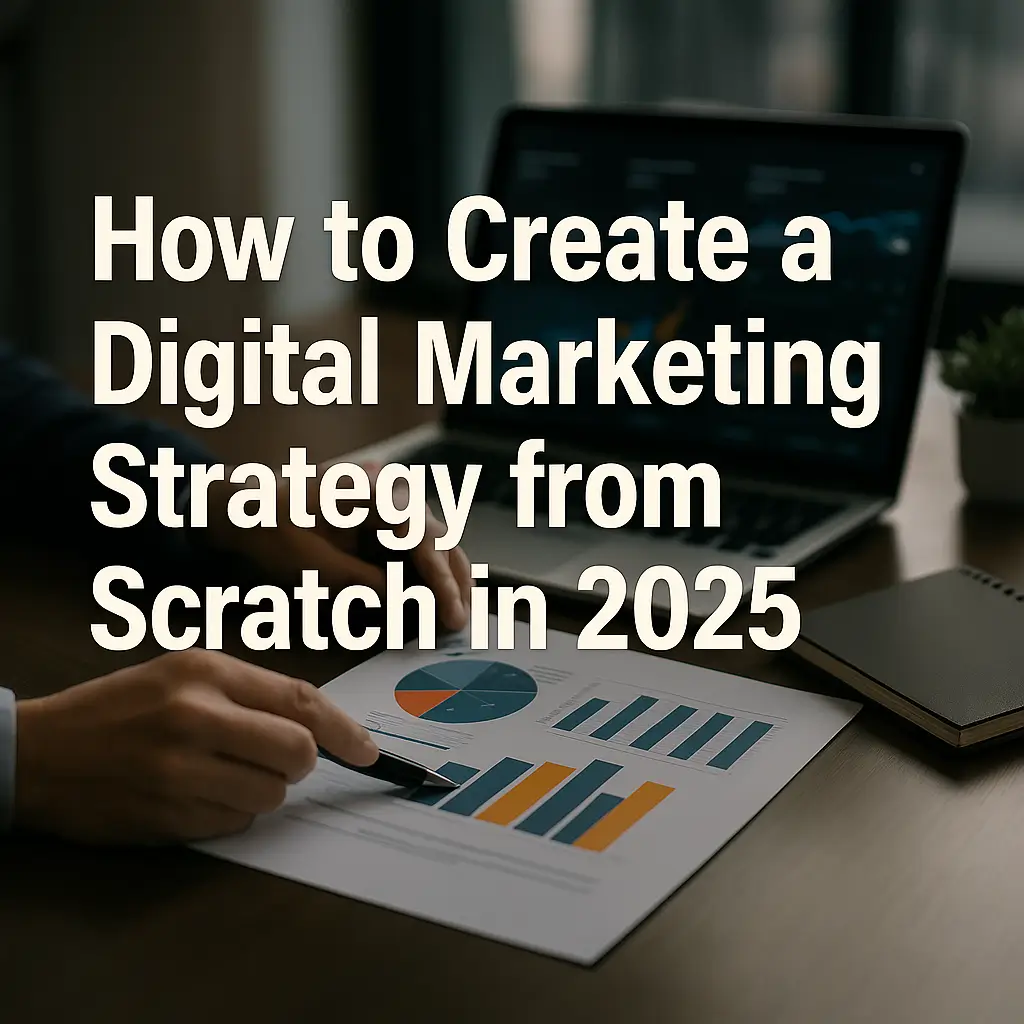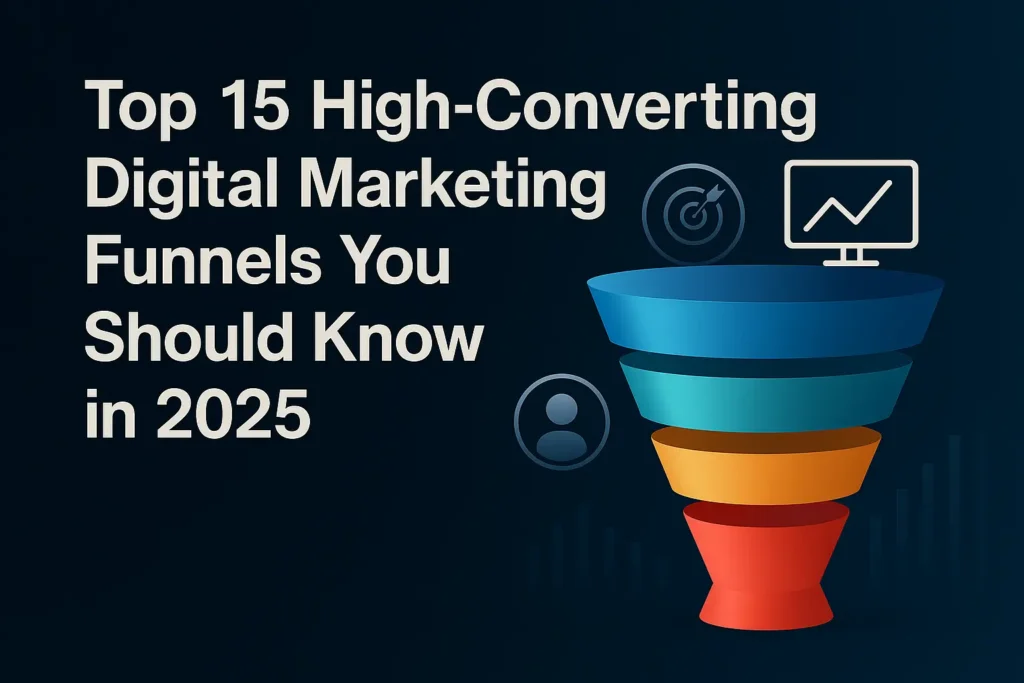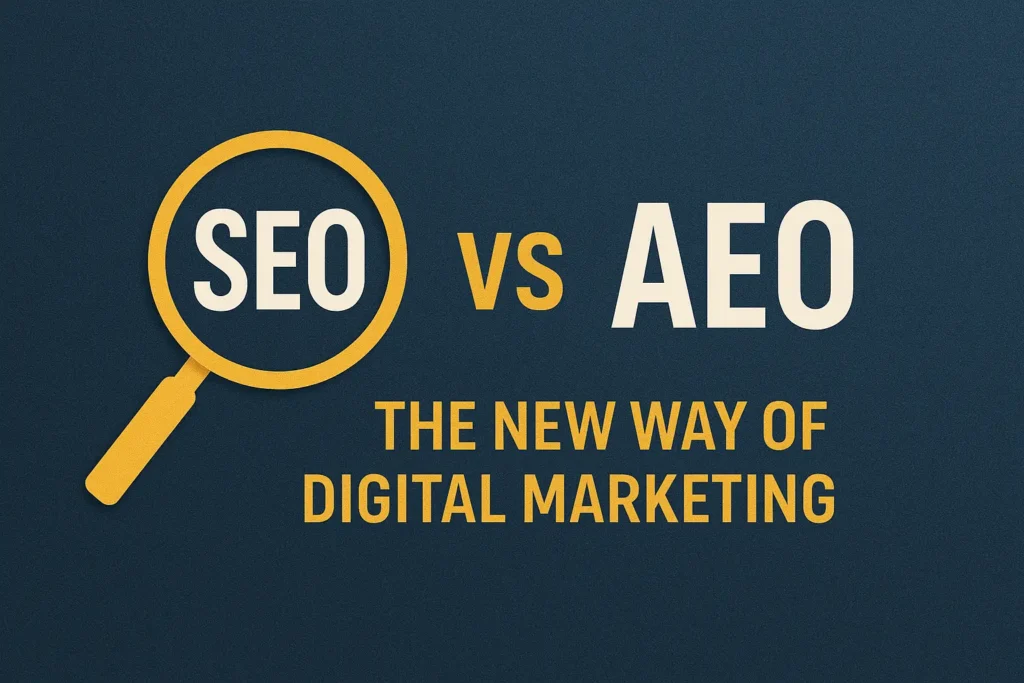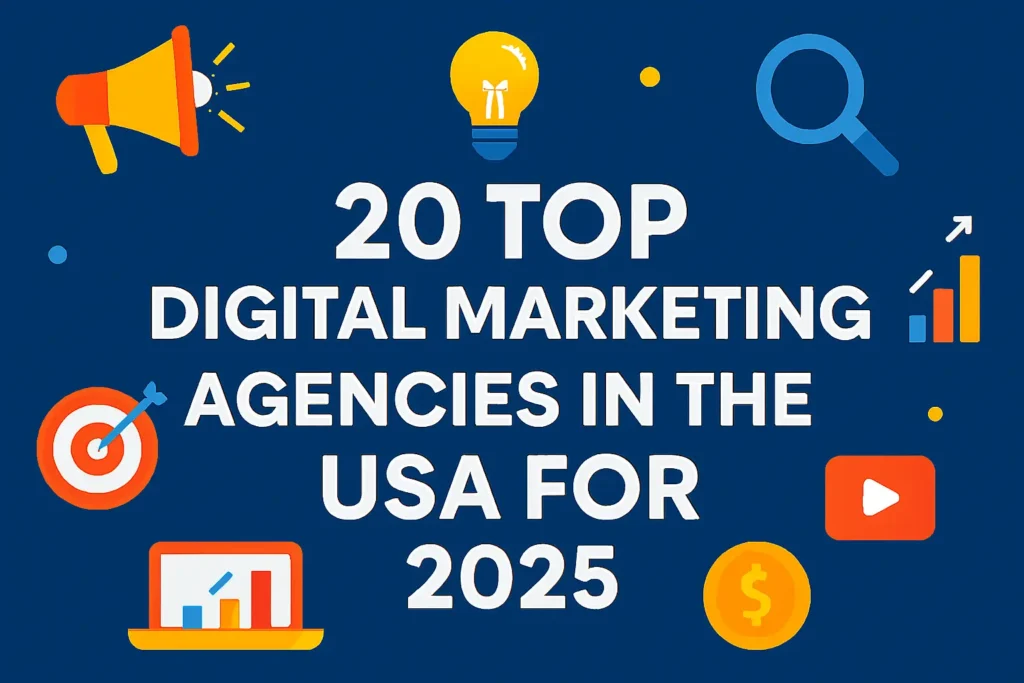You’re running ads, publishing content, optimizing SEO… but the conversions? They’re underwhelming.
You’re not alone.
In 2025, digital marketing has never been more competitive — or more misunderstood. Businesses of all sizes are investing in traffic, but too many are missing the one metric that matters: conversion. And here’s the truth most won’t tell you — if your digital marketing isn’t converting, the problem likely isn’t your traffic.
It’s your funnel. Your message. Or worse… the match between the two.
This article breaks down the real reasons why your digital marketing strategy isn’t converting — and how to fix it with precision.
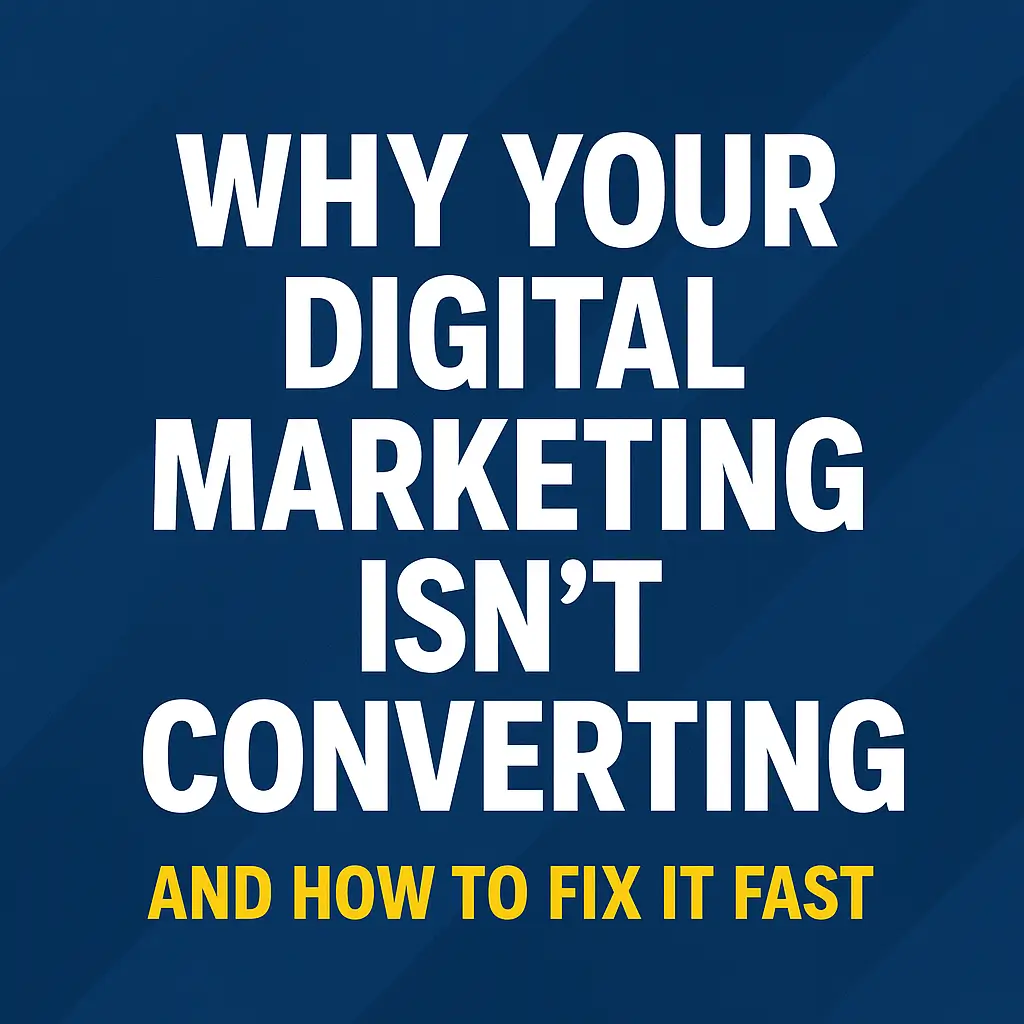
1. You’re Attracting the Wrong Traffic
The Mistake:
You’re getting traffic, maybe even a lot of it — but it’s not qualified. Visitors bounce, leads don’t engage, and the people who do sign up aren’t buying.
The Fix:
- Revisit your targeting. Ask: Are we solving the right problem for the right person?
- Use negative keywords in search campaigns to filter out low-intent clicks.
- In SEO, shift from broad vanity terms to long-tail, intent-driven keywords. (e.g., “best CRM for law firms” > “best CRM”)
Example: A SaaS product targeting “project management software” got traffic but few signups. After focusing content on “project management for architects,” conversions jumped by 42%.
3. You Have a Leaky or Overcomplicated Funnel
The Mistake:
Your funnel is too long, too confusing, or full of friction. People start the journey… then drop off midway.
The Fix:
- Map every step from first click to conversion. Find the drop-off points using tools like Hotjar or GA4.
- Simplify the path. Too many steps = lost attention.
- Use a clear, single CTA per page. Don’t mix “learn more,” “book now,” and “subscribe” on one screen.
Example: A coaching business had an opt-in → quiz → webinar → call funnel. When they removed the quiz step, call bookings rose by 27%.
4. You’re Not Building Trust Early Enough
The Mistake:
Visitors don’t feel confident yet. There’s no reason for them to trust you — and they won’t convert without it.
The Fix:
- Add testimonials, case studies, media mentions, or trust badges above the fold.
- Use video walkthroughs or founder messages — show the human behind the brand.
- Include micro-proof: “Trusted by 3,200+ marketers,” “Used in 17 countries,” “4.8 stars from 350 reviews.”
Example: A SaaS homepage added a Trustpilot badge + 3 client logos above the fold. Demo signups doubled in 14 days.
5. You’re Only Selling — Not Educating or Guiding
The Mistake:
You’re pushing offers without warming the audience. No relationship, no trust, just ads and landing pages.
The Fix:
- Build a content-led funnel: blog → email → lead magnet → offer.
- Educate with value-first content: tutorials, “how-to” guides, and comparison pages.
- Retarget site visitors with educational content before pitching hard.
Example: A B2B SaaS ran Google Ads directly to a demo page (0.7% conversion). After switching to a gated industry benchmark report → nurture email → demo offer, their lead quality and close rates drastically improved.
6. You Don’t Have a Feedback Loop
The Mistake:
You’re guessing what’s wrong — instead of asking your users.
The Fix:
- Set up exit-intent polls: “What stopped you from signing up today?”
- Run short surveys to existing users: “What nearly made you not sign up?”
- Check your live chat transcripts — the gold is in what people are really asking.
Example: An AI tool discovered users were confused about pricing. One short explainer video on the pricing page reduced churn by 18%.
7. You’re Relying on One Channel or One Tactic
The Mistake:
You’re betting everything on Facebook Ads, or LinkedIn posts, or one SEO article. When that channel underperforms, everything stalls.
The Fix:
- Diversify across channels — not all at once, but intentionally.
- Create multi-touch journeys. A lead might read a blog, see a retargeting ad, and get an email before converting.
- Build owned assets: email list, community, and helpful evergreen content.
Example: A solopreneur launched a funnel only through Instagram. After building a newsletter and adding SEO-optimized lead magnets, monthly sales became predictable — even during algorithm slumps.
Final Thoughts: Conversions Don’t Just Happen — They’re Engineered
If your digital marketing isn’t converting, it’s not a failure — it’s a feedback signal.
In 2025, where user expectations are higher than ever, marketing needs to feel like guidance, not pressure. Your goal isn’t to sell harder — it’s to remove friction, build trust, and deliver clarity.
Fix the funnel.
Refine the message.
Follow the data.
Listen to your users.
Conversion is a byproduct of alignment — between the right offer, the right audience, and the right moment.
Key Takeaways:
- Traffic means nothing without relevance and trust
- A broken funnel usually signals a weak message or too much friction
- Trust indicators and educational content significantly boost conversions
- Real insights come from users, not guesses

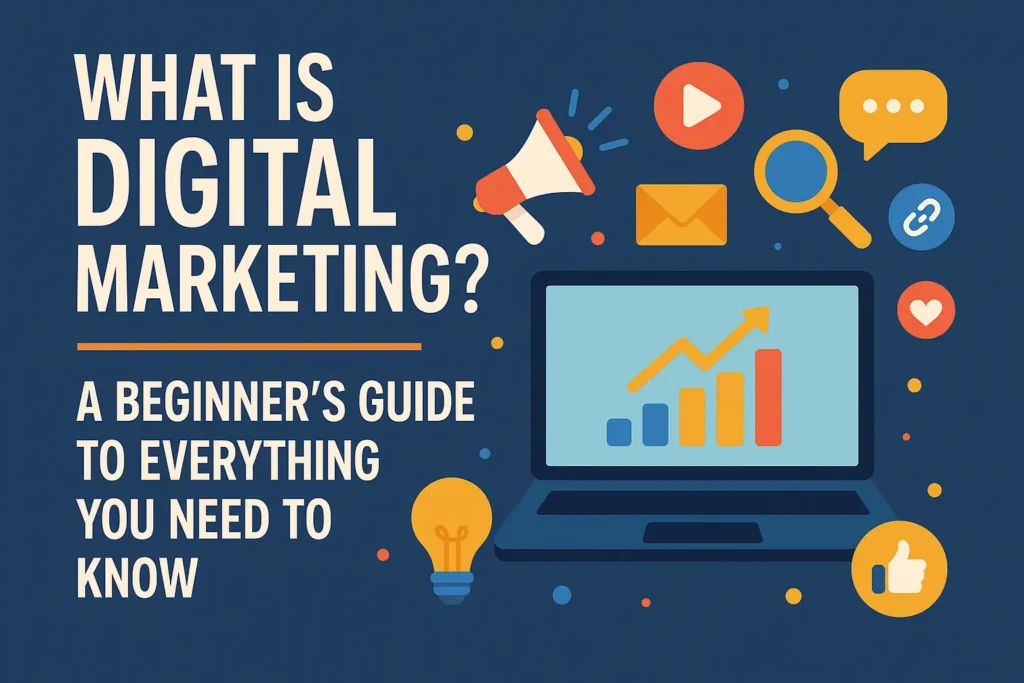
![120+ Must-Know Digital Marketing Terms and Concepts [2025 Glossary for Beginners to Pros]](https://marketingintelix.com/wp-content/uploads/2025/07/120-Must-Know-Digital-Marketing-Terms-and-Concepts-1024x683.webp)
